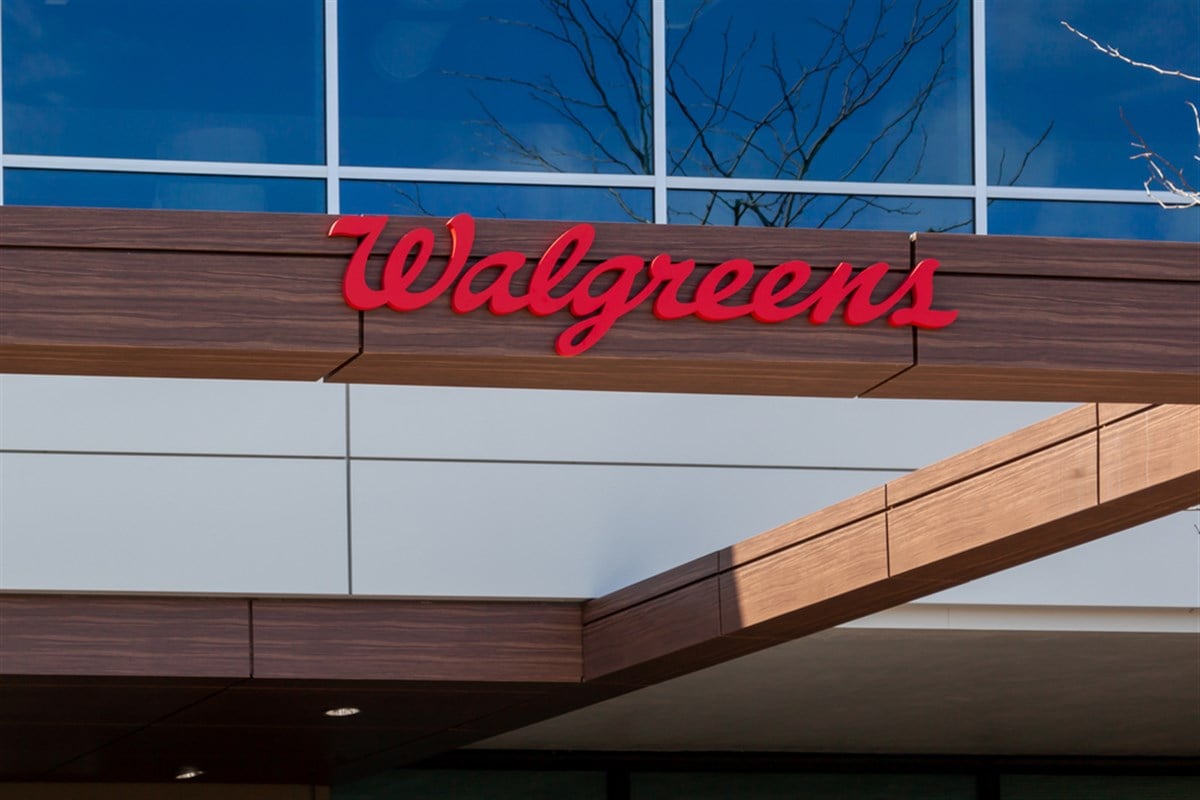
After years of a downtrend in their price, shares of Walgreens Boots Alliance Inc. (NASDAQ: WBA) have thrown in the towel this time. In a single day, the stock is down over 25% in a sign that can’t be taken in any other way than a ‘run’ message. However, some remain hopeful about the stock recovering, but that would be severely disconnected from current fundamentals.
Today, investors get a chance to audit the main drivers behind Walgreens and come to a better-educated conclusion as to whether the stock is worth keeping on a watchlist. More specifically, investors should watch the developments between Walgreens and its main competitor, CVS Health Co. (NYSE: CVS), because the trends could not be more apparent.
Last but not least, savvy investors understand that it isn’t just Walgreens and CVS at stake in this turbulent time but also entities that back Walgreens locations, such as its landlords. According to the saying, one man’s trash is another man’s treasure, so here is how to figure out where the real treasure hunt will end up.
Walgreens vs. CVS: Financials Break Down the Competition
There is, of course, a good reason for the price crash on shares of Walgreens, and it’s got everything to do with the company’s financials. For starters, investors can break apart the latest quarterly results to figure out what happened behind the scenes.
While the company’s press release points to earnings per share (EPS) nearly quadrupling, the reality couldn’t be further. Therefore, net income and EPS can be easily manipulated. In contrast, other metrics like free cash flow (operating cash flow minus capital expenditures) cannot.
This is why investors should focus on that instead, and here’s what they would find: a net operating outflow of $314 million, minus $1.1 billion in capital expenditures, for a negative free cash flow of over $1.3 billion. Since a company cannot run without cash flow, seeing what management did next makes sense.
The plan is to close a ‘significant’ amount of Walgreens locations, assuming they are unprofitable. While this could free up some cash and cut overhead expenses, it won’t be enough to offset the unprofitable operations that lie at the heart of the company.
Because Walgreens has no free cash flow, it cannot fund its operations further without taking on debt or diluting shareholders. Because of this, the stock’s 8.2% dividend yield should be nothing short of a red flag to investors, a bait to avoid.
On the other hand, here’s what can be said about CVS’s financials. The company’s latest quarterly results show investors operating cash flow of $4.9 billion, leaving them with positive free cash flow even after $705 million in capital expenditures. What management chose to do with this capital was also the right thing.
Up to $3 billion was set aside to repurchase stock, compounding the upside effects for existing shareholders. This trend must be why analysts at J.P. Morgan Chase saw it fit to boost CVS’s valuations to $86 a share, daring it to rally by 47.2% from where it sits today.
Now that the dust is settled, investors can zoom out of this dramatic price action and find themselves with the next best thing, Walgreens’ landlord Realty Income Co. (NYSE: O), a real estate investment trust (REIT) known for paying monthly dividends instead of quarterly.
The Best Income a Dip Can Buy: Realty Income Stock
As Walgreens’ landlord, Realty Income stock is exposed to the closure of hundreds of locations. However, markets habitually exaggerate things, so here’s just how exposed they really are.
According to Realty Income’s latest quarter, the company only derived 3.4% of its rental income from Walgreens. This is not significant enough to justify a more than 1% sell-off in an otherwise low-volatility stock.
When the market realizes how little this event means for Realty Income, it will be too late for investors to squeeze a potential discount. Speaking of discounts, the stock’s valuation is so low that its annual dividend yield has jumped to 6%, the highest in company history (excluding COVID sell-offs).
According to those at Stifel Nicolaus, Realty Income stock is worth up to $65 a share, daring it to rally by as much as 24% from where it trades today. More than that, Wall Street still expects to see 3.8% EPS growth in Realty Income this year, keeping up with inflation and GDP growth.













